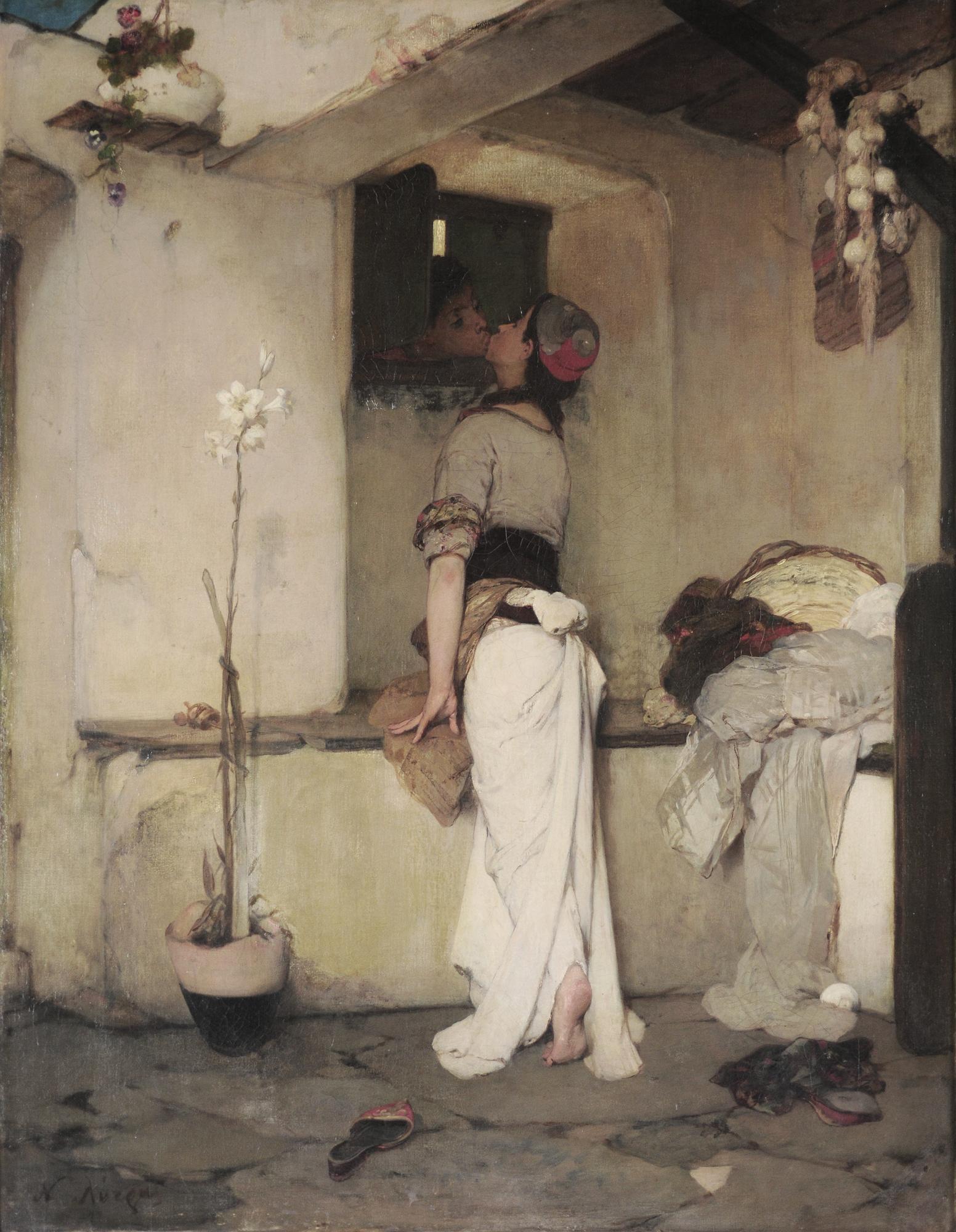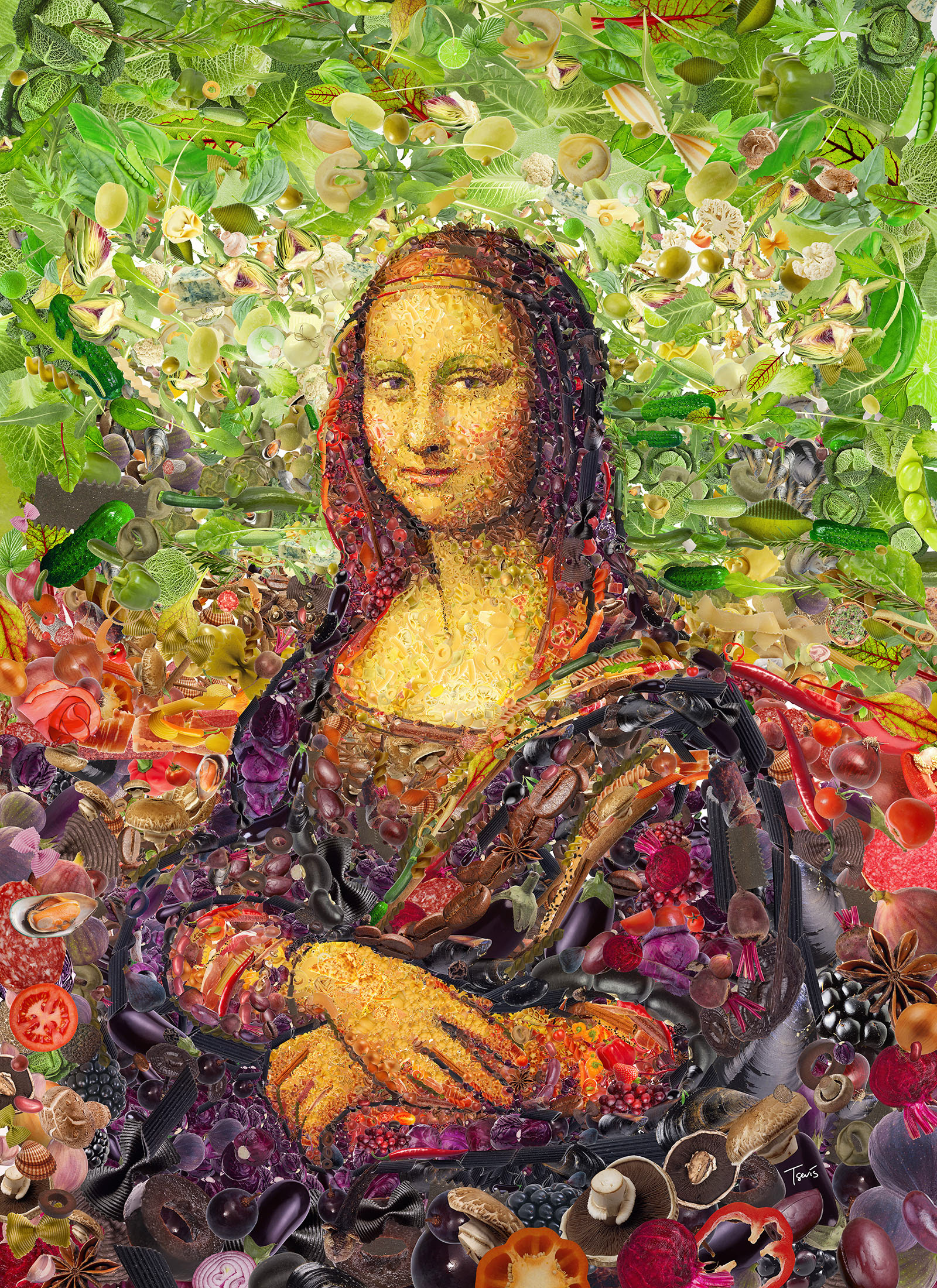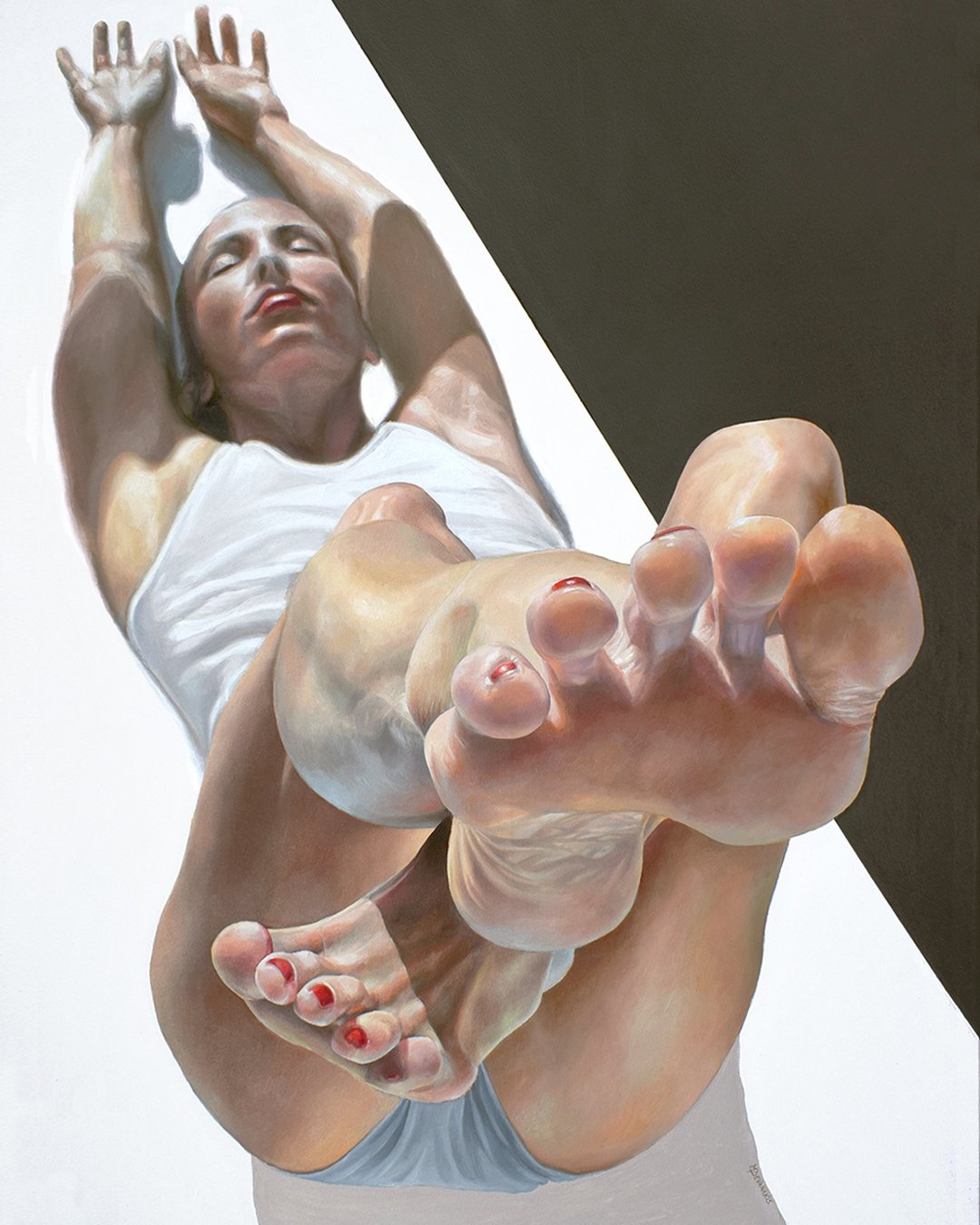Boy with Thorn, also called Fedele (Fedelino) or Spinario, is a Greco-Roman Hellenistic bronze sculpture of a boy withdrawing a thorn from the sole of his foot, now in the Palazzo dei Conservatori, Rome.
There is a Roman marble version of this subject from the Medici collections in a corridor of the Uffizi Gallery, Florence.
The sculpture was one of the very few Roman bronzes that was never lost to sight.
The work was standing outside the Lateran Palace when the Navarrese rabbi Benjamin of Tudela saw it in the 1160s and identified it as Absalom, who "was without blemish from the sole of his foot to the crown of his head".
Lo Spinario | Palazzo dei Conservatori, Musei Capitolini







.jpg)
.jpg)












.jpg)
.jpg)

















